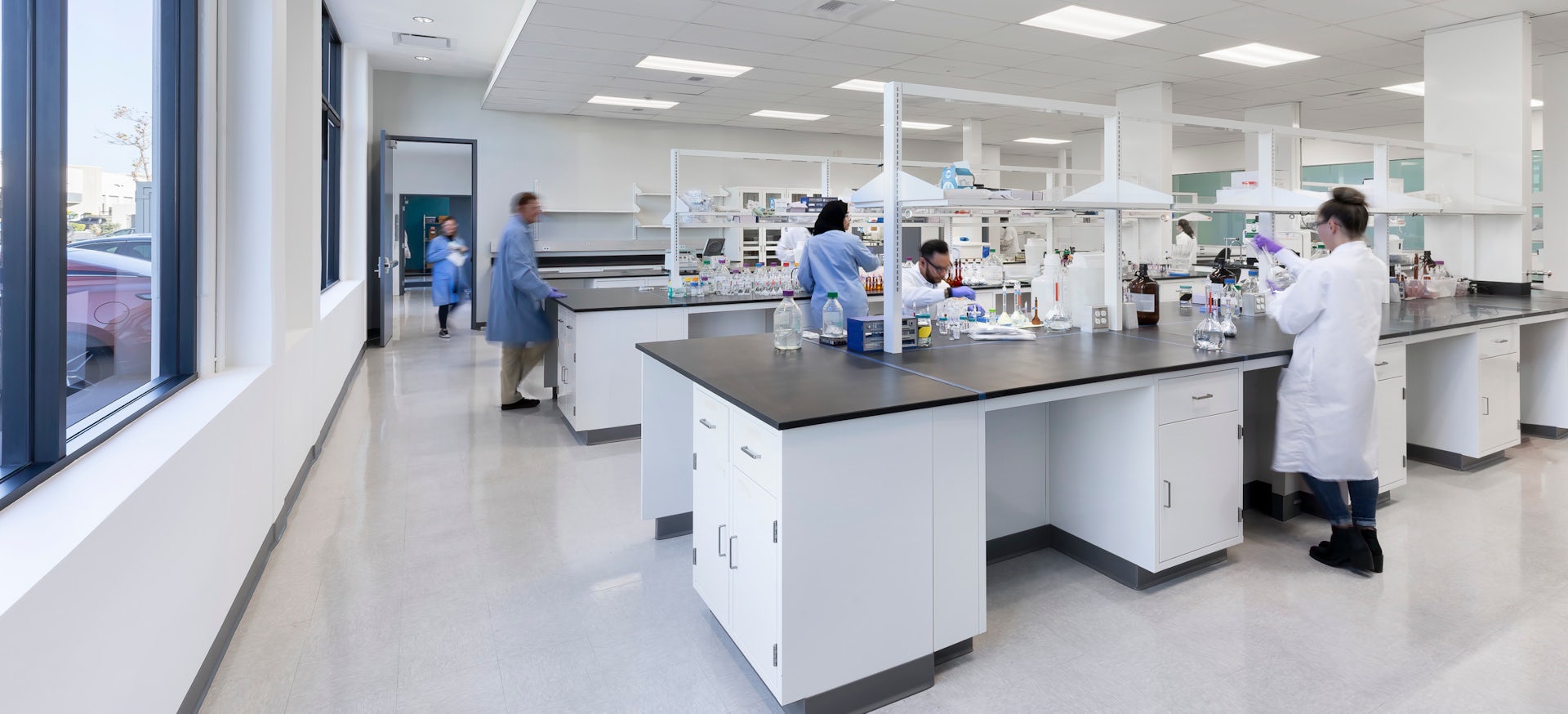A few guiding philosophies can help ensure labs can accommodate shifts in technology, generate better results and respond to evolving needs.
By Isabel Mandujano, Director of Laboratory Planning
Life science companies are facing either rapid expansion or consolidation due to fluctuations in market conditions, the need to adapt to new processes with rapidly advancing technology, and the increasing demands of speed-to-science—the accelerated demand to get medicines and therapies from bench to patient faster—in drug discovery. Similarly, universities and institutional laboratories require frequent renovation of existing labs as a recruiting tool to attract the brightest and best talent and adapt to the latest research instrumentation.
More than ever, lab facilities of all kinds are required to be nimble to meet the changing needs of laboratory users while responsibly using limited resources and minimizing downtime and rework. Running a flexible lab necessitates a flexible lab design—here are four strategies for designing a more flexible lab.
1. Apply flexible principles where it matters
Planning for flexibility starts at the project’s inception, as lab managers work with the design team to establish project goals and understand options that make the most sense. Lab managers can inform the team with valuable insight on day-one needs, growth projections to anticipate future needs, core processes, and future technologies that influence how much adaptability and change are required day to day and year to year. A balanced approach to flexibility yields better results in the best use of limited resources. Even small renovation projects can incrementally implement flexibility in design principles to improve the adaptability of the lab space and minimize future redesign…
Read the full article in Lab Manager magazine.














